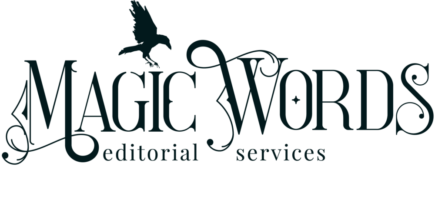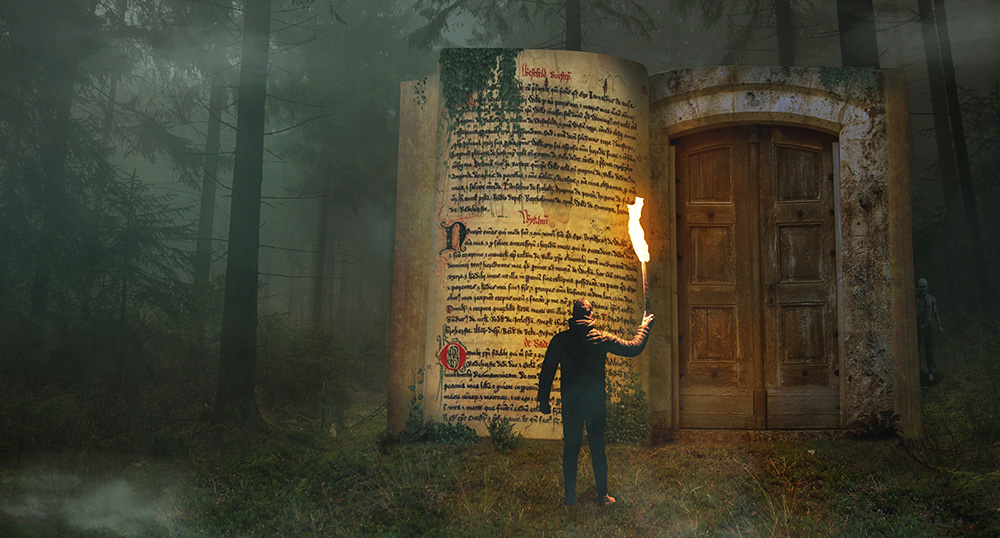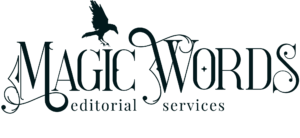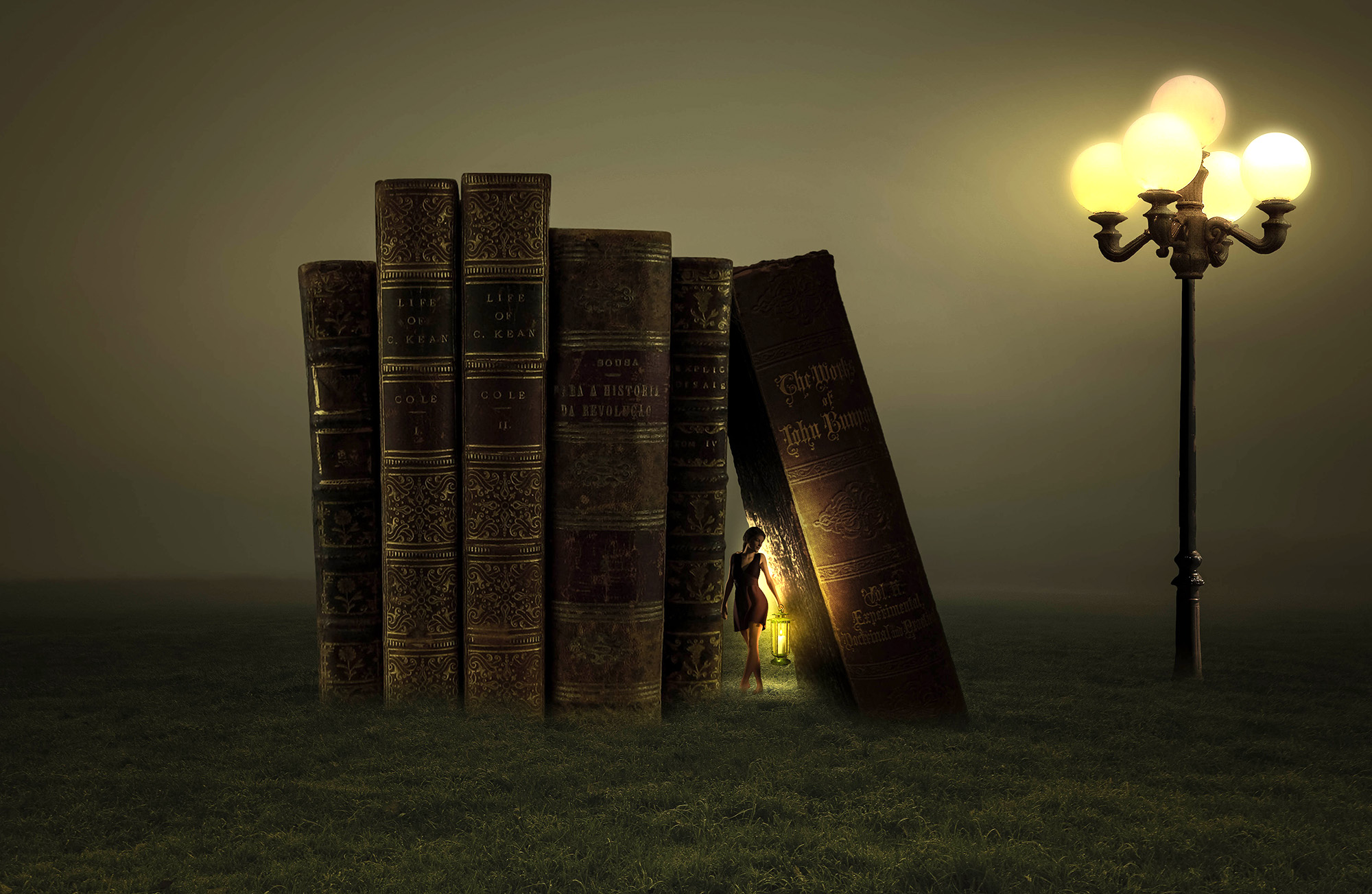
The Different Levels of Editing and How to Decide What Your Book Needs
For the next chapter in this series offering education and tips for indie and self-publishing authors to find and hire an editor for their book, I’ll demystify the different levels of editing and offer tips for deciding what level your book needs.
This seems to be where the majority of new authors get confused and discouraged when they start researching editors. What’s the difference between line and copyediting? What is a developmental edit? Why is all of this editing necessary? Can one editor just do all of these levels at once? And isn’t it all just proofreading anyway?
Understanding the many roles an editor can play in your publishing journey is important so you don’t waste your time and money barking up the wrong editing tree. Read on, friends, to find the answers to these questions and more, and by the end I hope you feel informed enough to wade into the editor pool with confidence that you’ll find the right person and level of service for your book’s needs.
The Different Levels of Editing: Before We Dive In
First, be aware that each level of editing takes a distinct skillset and requires that your manuscript be at the appropriate waypoint in your publishing and editing journey. These levels are typically done in phases, with recognizable characteristics that determine if a manuscript is ready for that particular phase or not. A trained and professional editor will be able to advise you on what level of editing your book needs and when, and shouldn’t take on your project if it’s not ready for the level of editing you’re requesting.
Also, if an editor is not comfortable or willing to perform a specific level of editing, they should refuse the project and refer you on to an editor who is. For example, I do not offer full developmental editing. It’s a level of service I don’t feel particularly drawn to, and I’m self-aware enough to know that my strengths are in line and copyediting. Because I do have writing craft knowledge and experience beta reading, instead I perform a scaled-down version of developmental editing called a manuscript evaluation (see below for definitions of these editing levels). If an author contacts me for a full developmental edit and their manuscript shows they need more than I can give through a manuscript evaluation, I have cultivated a network of editing colleagues that are passionate and skilled in that service that I can send them to.
As you reach out to editors and you find one that does not specifically specialize or have training in the editing service you want and need but insists they can provide it anyway—think twice.
Second, because each level of editing is its own distinct phase in the publishing journey, one editor can perform each level for you, but you as the author will have work to do between edits. It’s not just a hand-it-over-for-a-few-months-and-then-it’s-done kind of deal. Especially between the developmental and line/copyediting phases, you’ll most definitely need to do (maybe extensive) rewriting/revision before moving to the next phase.
A trained and professional editor will be there to guide you along the way from one stage to the next. It is, however, perhaps more common to hire multiple editors for each level: a developmental editor first, then a line/copyeditor/proofreader at the end.
The Different Levels of Editing Defined
Let’s dive into defining and explaining the different levels and phases of editing. I’m broadly categorizing them as conceptual, style, copy, and cleanup, but be aware that there is no hard and fast accepted terminology, and some editors will define them differently and may also structure what’s included in each level very differently.
Conceptual Editing Stage
Conceptual editing deals with the high-level conceptual and craft elements of a book. This is a large-scale, big-picture type of editing that focuses on the overall story you’re telling rather than the fine details.
Types of editing, and their aliases, included in the conceptual stage can be developmental, manuscript evaluations, substantive, structural, content, book doctoring, and even some forms of ghostwriting, with many of those terms overlapping in meaning. I would even include beta reading (both paid and unpaid) under the conceptual umbrella.
Typically this level of editing will help you with plot, character development, point of view selection and refinement, story structure, narrative, genre requirements, and other big changes to help you make your story stronger.
Conceptual editing should happen very early in your manuscript’s life. The outcome of conceptual editing is to give you tools and information that will help you revise and rewrite your story into a stronger draft. Editors who do conceptual editing should know writing craft, what works for a story and what doesn’t, and have solid knowledge of the publishing market and perhaps a book’s intended audience so they can guide you to making the changes that will help your book appeal to future readers.
The two most common types of conceptual editing that freelance editors offer are developmental edits and manuscript evaluations. Here’s a breakdown of the main differences between the two and what you can typically expect from each service.
Manuscript Evaluation
A manuscript evaluation is usually the first pass an author takes at having a professional read and edit their work. This is a scaled-down version of a developmental edit.
The editor will read the manuscript in full and offer a broad, general opinion of its strengths and weaknesses, usually providing suggestions for improvements. Most evaluations will include a short editorial report (the length varies) and sometimes comments within the manuscript.
It can usually be done on manuscripts in any stage of completion: half-finished, first drafts, revised drafts, etc. Sometimes an indie or self-publishing writer will purchase a manuscript evaluation in lieu of a developmental edit if they have budget constraints or feel they need less help with their craft elements.
Some editors also call manuscript evaluations “paid beta reading,” although the service goes beyond what most beta readers provide.
Developmental Edit
A developmental edit is a full read of your manuscript with a longer, more in-depth report that addresses the high-level elements of your story.
An editor will suggest changes to plot, character development, narrative, structure, or any other aspect of your actual story that you’re concerned about or that should be revised or strengthened.
Some editors will provide a book map, which is a breakdown of your story’s scenes, plot points, characters, and/or timeline in a visual format (usually Excel) to determine where a manuscript flags or where it’s particularly strong. Some editors will include comments within the manuscript with detailed feedback in “real time.”
Style Editing Stage
Editing for style is pretty self-explanatory as it means digging into the paragraph- and sentence-level style of your writing.
This stage should happen after your manuscript is beta read, developmentally edited, and revised or rewritten. It’s definitely a second- or third-draft concern, because the manuscript should be as structurally done as possible, with no additional rewrites or revisions to the plot, characters, story arc, structure, or narrative of your story unless you’re willing and able to have those revisions go through style editing again.
Line editing is the the term most used and accepted to mean editing for style. It’s the most broad, the most in-depth, the most brutal (not really! but it might feel that way) level of editing a piece of writing can endure. But the deepest cuts often make for the strongest outcome, and a good line edit can really make a manuscript and your writing shine in ways you might never have expected.
As George Witte explains in What Editors Do (by Peter Ginna), line editing could encompass all or most of the following:
- meticulously cleaning up sentences and paragraphs and shaping text so a muddy manuscript gains clarity and flow
- identifying crucial questions about plot points (an overlap shared with conceptual editing)
- searching for and destroying cliches, imprecise adjectives, and passive verb constructions
- querying facts, registering confusion, policing internal consistency
- identifying overused words or sentence constructions
- shaking up the length and structure of sentences for dramatic flow
- helping smooth chapter transitions
- and, yes, fixing grammar and spelling mistakes
Really, line editing is the versatile workhorse of the editing stable, as almost everything related to the actual meat of your writing can fit into its wagon. It’s the one stage of editing that most manuscripts need desperately—and the one most writers think they can do without in favor of “just a little grammar and spelling cleanup.”
A good copyeditor can make your writing look good. A great line editor can make it stand up and sing.
That’s not to say that line editing in any way takes your style or voice out of your story, or at least it shouldn’t. A good line editor will never impose his or her own will on your story. In fact, line editors strive to make sentences and paragraphs sound as wonderful as possible within an author’s unique phrasing and style. That’s the true challenge, and the easiest way to identify if a line editor is right for you. Under their tender care, your writing should sound like you, just turned up to eleven.
Copyediting Stage
This is the editing stage most writers think of when they attempt to define “editing.” Copy means simply the finalized text of a manuscript, and a copyedit focuses on perfecting the grammar, usage, mechanics, spelling (GUMS), accuracy, and consistency of the copy, plus so much more.
A copyedit is not a proofread—that is its own animal and happens during its own stage of the editing journey—although a lot of writers, and even editors who are not as familiar with the publishing industry, will call it by that name.
And, while line editing is probably the most helpful and necessary stage of editing for an indie author, if your copy isn’t also clean that’s what sharp-eyed readers will always notice and comment on in poor reviews. (Keep in mind that most readers don’t know if a mistake is really a mistake or a misspelling a misspelling, but they will call out actual obvious typos and poor punctuation faster than you can say, “Abracadabra!” So it’s important to just clean it all up.)
Beyond GUMS and the typical tasks, a copyedit could also include reviewing illustrations, editing captions, checking permissions for pictures or quotations, and even some light formatting—making sure chapter titles are consistent sizes or scene breaks all use the same symbol.
What about fact-checking? You might think this wouldn’t be a concern in fiction, but copyeditors often confirm historical facts, dates, spellings of names of real-life people, places, companies, brands, etc. Any questionable or suspicious statement could be flagged for author review, as well as potential plagiarism. (Yep, a copyeditor will probably check that your work is original.)
So, there’s a lot more going on in a copyedit beyond just the basics, which is why a copyedit is so important for submitting or publishing the best work possible.
Cleanup Stage
After all that editing, a manuscript is finally, finally as close to perfect as possible. Right? Hmmmm, maybe. Once a book has been submitted to a formatter, or an indie author has done their own formatting/typesetting for their preferred publishing platform, the sad truths is all sorts of errors could have been introduced yet again. That’s when, yes, the book needs proofreading.
In What Editors Do, a proofreader is described as the “eagle-eyed person who makes sure that any silly typos along the way get fixed, that a weird line break gets unbroken, that a chunk of text that got inadvertently removed gets put back.”
Proofreading is the last quality control check before publication. It’s such an important step that all the Big 5 publishers employ proofreaders to check manuscript proofs (the typeset and formatted book pages) against the copyeditor’s work to ensure those potential last-minute mistakes are corrected.
And, having done some proofreading for publishers, there could be a lot more of those mistakes than you’d expect! Typos, strange paragraph indentation, inconsistent line spacing, the last line of a paragraph at the top of a new page, wrong page numbers, even slip ups the copyeditor missed. They happen, and they should be fixed.
Because after all that prior editing work, the last thing you want is for a reader to open your book and find silly mistakes that crept in at the last stage. Ugh.
The Different Levels of Editing: What Level Do I Need?
Okay, wow, I know that was a lot to absorb. And you’re probably still wondering what level of editing you should purchase with your limited budget. The answer might not be so easy, I’m afraid.
Sometimes I’ll do a trial edit on a manuscript for a new client who believes they need just a light copyedit and find all kinds of issues with their story structure, POV, plot, etc., that tell me a developmental edit would be more appropriate.
The best way to know for sure is to find and interview several editors and ask. Ask them to evaluate your manuscript and give their thoughts on where it’s at and what it needs. They’re trained to look for the red flags that help them determine if a book needs a complete rewrite or could be published tomorrow.
But here are some basic questions you can ask yourself ahead of editor evaluations. They might give you a general idea before you get confirmation from a professional.
- Are you finished writing your book? If not, you’re definitely in the Conceptual Editing stage.
- Has your book been beta read or critiqued? If you haven’t had reader eyes on your book, and made the appropriate revisions, you need Conceptual Editing (and still need beta readers, by the way).
- Are you finished drafting and revising, and have you gotten beta-reader feedback? Depending on that feedback, you might still be in the Conceptual stage and need a professional developmental edit if your readers pointed out weak spots in the story. Everything solid? You might be in the Style stage and need a line edit. Consult a professional.
- Have you gone through all the steps above, gotten a developmental edit, and incorporated your changes based on that edit? Great! Advance to the Style stage, followed by the Clean Up stage. (Remember, a line edit can also include a copyedit, which is like passing Go and collecting $200.)
- Has your manuscript been line and/or copyedited? Awesome! Get it formatted and then consult a professional for a potential proofread.
I have a short little quiz on my website that walks you through the basic questions above and tells you the editing level your manuscript needs based on your answers. Remember, you’ll still need a trained professional’s opinion on what kind of editing you need, but like the questions, the quiz might get the ball rolling for you.
Once you’re ready, feel free to reach out for my professional opinion on your book’s editing readiness. I’ll review your manuscript thoroughly, looking for those red flags I mentioned, and make my recommendation, plus I’ll include a free trial run on one chapter so you can see with your own eyes what an edit could do for your book.
Other posts in this series:
What Does an Editor Do, Exactly? The Real Job of an Editor
Thinking of Hiring an Editor? Four Ways to Find “The One”
Thinking of Hiring an Editor? Three Places to Find “The One”
